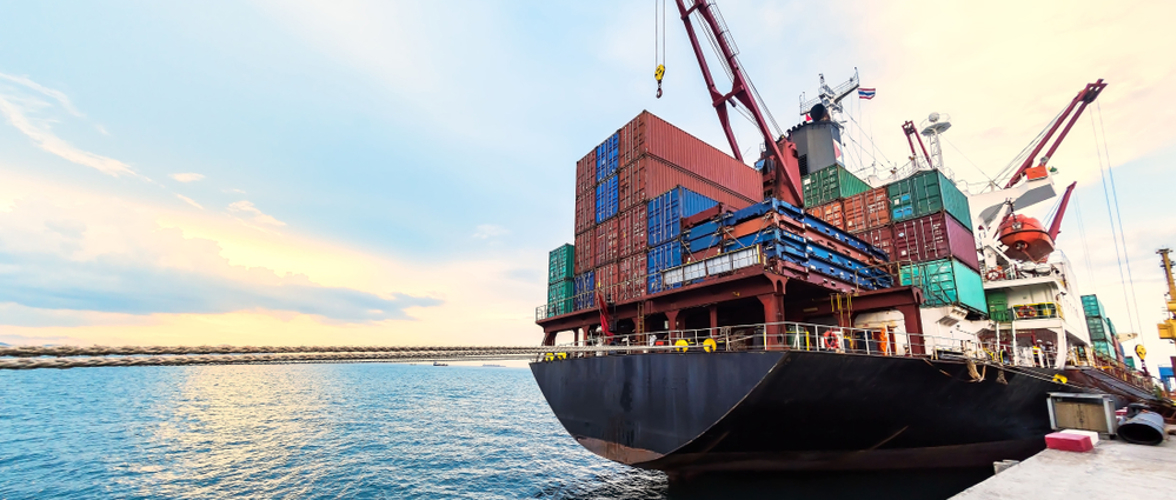China has announced it will place tariffs on all Australian wine imports, ranging from 107% to 212%, representing a major blow to the Wine Production industry. These tariffs are the latest escalation in trade hostilities between China and Australia, following previous sanctions on Australian seafood, coal, copper, timber, barley and other products.
‘The wine production industry generated revenue of $7.0 billion in 2019-20. Of that amount, $2.9 billion was generated from exports. China is the dominant market for Australian wines, accounting for 36.7% of export revenue last year,’ said IBISWorld Senior Industry Analyst Matthew Reeves.

Following the imposition of tariffs over the weekend, Chinese demand for Australian wines is expected to almost entirely collapse. China has claimed Australian producers are selling wine below the cost of production and launched an investigation into this matter in August 2020. However, these trade restrictions are also linked to strained diplomatic relations between the two nations.
Earlier this month, the Chinese Embassy in Canberra released a strong statement of 14 grievances with the Australian Government, including the Morrison Government’s call for an independent inquiry into the origins of COVID-19, the ban on Huawei rolling out a 5G network in Australia, Australia’s criticism of China’s actions in Xinjiang, Hong Kong and the South China Sea, and a range of other issues.
‘Given the backdrop of souring relations between the two countries, China’s introduction of trade restrictions on key Australian exports is clearly intended to drive a shift in Australia’s foreign policy,’ said Mr Reeves.
Implications for wine and grape producers
Prior to the announced tariffs, the wine production industry was projected to grow at an annualised 2.9% over the five years through 2025-26, to $8.0 billion. However, the outlook for the industry has now significantly shifted.
‘While these tariffs remain in place, Australia is effectively locked out of the Chinese market. Producers will attempt to divert supply towards other export markets, but the amount of product that will need to be redirected is anticipated to exert significant downward pressure on wine prices,’ said Mr Reeves.
Wine producers that focus on premium brands and quality are forecast to better survive the difficult operating environment in 2021.
‘Australia’s premium wine exports will have an easier time finding new buyers outside of China, supporting bigger players in the industry. On the other hand, exports of cheaper wines will likely face significant difficulty in the coming months,’ said Mr Reeves.
Weaker export demand is anticipated to flow through to reduced demand in the Grape Growing industry, which is expected to generate revenue of $1.5 billion in 2020-21, and employ 12,200 people across regional Australia.
‘The domestic price of wine grapes was expected to rebound by 3.3% in 2020-21, following a 5.1% decline last year. However, following this move from China, the outlook for wine grape prices has significantly worsened,’ said Mr Reeves.
IBISWorld reports used to develop this release:
For more information, to obtain industry reports or to arrange an interview with an analyst, please contact:
Jason Aravanis
Strategic Media Advisor – IBISWorld Pty Ltd
Tel: 03 9906 3647
Email: mediarelations@ibisworld.com







